Choosing the right size Dutch oven can be a game-changer for your culinary adventures. Whether you’re a novice home cook or a seasoned chef, understanding “What size Dutch Oven do I need” is crucial for making the most out of this versatile kitchen tool. From simmering stews to baking bread, the Dutch oven is celebrated for its remarkable heat retention and even cooking. In this guide, we’ll explore the factors that influence the best size for your cooking needs, provide insights on matching oven size with recipes, and offer tips to ensure you make a purchase that fits your lifestyle perfectly. Let’s dive into finding the perfect Dutch oven for your kitchen!
Factors to Consider When Choosing a Dutch Oven Size
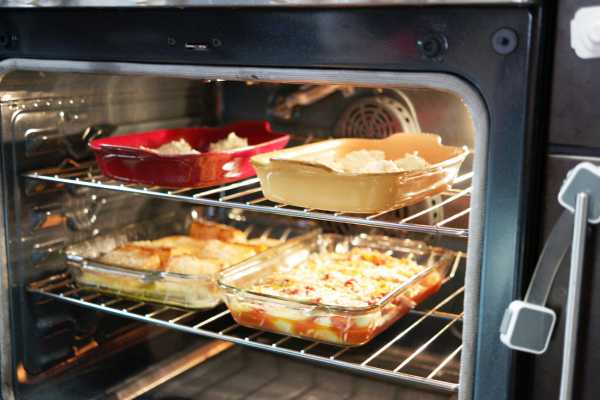
Selecting the ideal Dutch oven size requires careful consideration of several factors. Think about the number of people you typically cook for; a larger family or frequent hosting of guests might necessitate a bigger pot. The types of dishes you plan to prepare also play a pivotal role—larger cuts of meat or whole chickens need more space, while smaller pots are perfect for sauces and sides. Additionally, consider your storage capabilities and the weight of the oven when full, as these will impact your usage and handling. By assessing these elements, you can ensure that your This Stove perfectly matches your culinary needs and lifestyle.
Standard Dutch Oven Sizes and What They’re Best For
Dutch ovens come in a variety of sizes, typically ranging from 2 quarts to 13 quarts. Smaller sizes, like the 2-quart, are perfect for singles or couples, ideal for sauces and side dishes. Mid-range sizes, around 5 to 7 quarts, are the most versatile, suitable for baking bread or cooking meals for a family of four. Larger models, such as 9 quarts and above, are excellent for big gatherings or batch cooking. Each size serves specific culinary functions, making it essential to consider what dishes you plan to prepare most frequently before making your selection.
How Many People Are You Cooking For?
Determining the ideal Dutch oven size largely depends on the number of people you typically cook for. A good rule of thumb is that a quart of capacity serves one to two people. Thus, a 6-quart This Stove is perfect for small families or groups of four to six individuals, allowing enough room for most recipes without overcrowding. For those entertaining larger parties or with bigger families, opting for an 8-quart or larger can be more practical. This ensures you have ample space to prepare larger batches of soups, stews, or even roasts, making mealtime gatherings both stress-free and enjoyable.
Matching Dutch Oven Size with Common Recipes
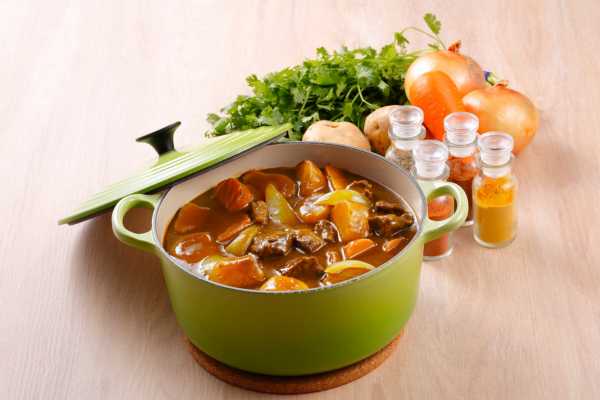
Selecting the ideal Dutch oven size is crucial for achieving perfect cooking results. For solo diners or small families, a 3-quart model suffices, comfortably handling meals like soups and casseroles. If entertaining or meal prepping is more your style, consider a 6 to 8-quart Dutch oven. These larger sizes are perfect for baking bread, roasting meats, and preparing one-pot dinners that serve multiple people. Remember, the size impacts not just the quantity of food but also the quality, as overcrowding can lead to uneven cooking. Opting for the right size ensures your dishes cook thoroughly and taste delicious every time.
The Importance of Oven Size for Different Cooking Methods
The dimensions of your Dutch oven significantly affect the outcome of various cooking techniques. A smaller size is perfect for deep frying or sautéing, as it requires less oil and provides more heat concentration. Conversely, larger Dutch ovens excel in slow cooking and baking, allowing for even heat distribution that’s essential for thoroughly cooked roasts and perfectly baked bread. Understanding the relationship between oven size and cooking methods ensures efficient energy use and optimal cooking results, making it essential to consider these factors before making a purchase. Selecting the appropriate This Stove size enhances your cooking efficiency and the overall quality of your dishes.
Pros and Cons of Small vs. Large Dutch Ovens
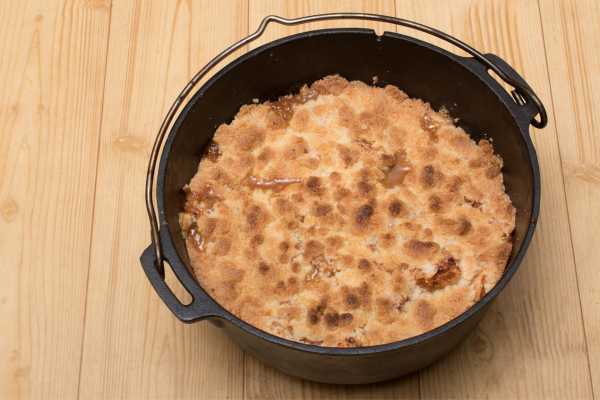
When choosing between a small and large Dutch oven, consider both advantages and drawbacks. Small Dutch ovens are ideal for singles or couples, offering quicker heating times and easier storage. They’re perfect for small batches of soup or baking a loaf of bread. On the other hand, large Dutch ovens suit family-sized meals, making them indispensable for batch cooking or large gatherings. However, they require more storage space and can be cumbersome to handle, especially when full. Ultimately, the decision should align with your cooking habits and space constraints to ensure practicality and comfort in the kitchen.
Specialty Dutch Ovens: When Unique Shapes Matter
Specialty Dutch ovens come in various shapes beyond the classic round, each designed to enhance certain types of cooking. Oval Dutch ovens, for instance, are perfect for accommodating longer cuts of meat like whole chickens or roasts. Meanwhile, deep Dutch ovens with higher sides are ideal for deep-frying or making large batches of soup. Choosing a shape should align with the dishes you frequently prepare to maximize your kitchen’s efficiency and enjoyment. Understanding these unique attributes will help you select a This Stove that not only meets your culinary needs but also elevates your cooking experience.
Tips for First-Time Dutch Oven Buyers
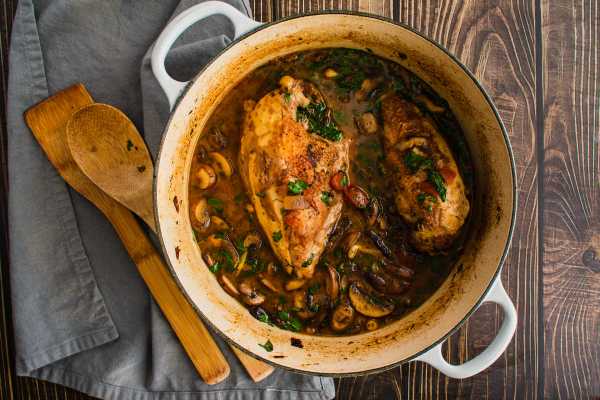
For first-time Dutch oven buyers, it’s essential to consider the material and capacity that best suits your cooking style. Cast iron Dutch ovens are ideal for their durability and heat retention, but if weight is a concern, consider lighter enamel-coated options. Assess the types of dishes you plan to cook; a 5-6 quart size is versatile enough for most recipes. Additionally, ensure the oven is compatible with your heat source, whether it’s induction, gas, or electric. Opt for a model with sturdy handles and a tight-fitting lid to enhance cooking efficiency. These practical tips will help you select a This Stove that becomes a lifelong kitchen ally.
Maintenance and Storage Solutions for Dutch Ovens
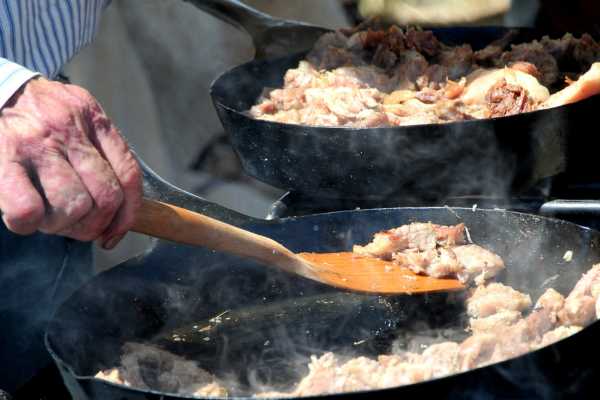
Proper maintenance and storage are key to extending the life of your Dutch oven. After each use, clean the oven with warm water and a soft brush to remove food particles; avoid harsh detergents and metal scrubbers that can damage the surface. Thoroughly dry your This Stove before storing to prevent rust, especially if it’s made of cast iron. For storage, place a paper towel or cotton cloth between the lid and the pot to allow air circulation, which helps keep the interior moisture-free. With these simple steps, your This Stove will remain a reliable cooking companion for years, always ready to deliver delicious meals.
Recommended Brands and What Sizes They Offer
When selecting a Dutch oven, the brand is just as important as the size. Le Creuset and Staub lead the market with their range of sizes, catering to individual needs and large family meals alike. Lodge offers affordable, high-quality options in several sizes, ideal for budget-conscious consumers. For those seeking innovation, Combekk, a newer brand, features fully recycled materials and a unique thermometer feature. Each brand provides detailed size guides, ensuring you find the perfect fit for your cooking style and volume requirements. Considering these reputable brands will guide you to a wise investment in your culinary toolkit.
Conclusion
Determining “What size Dutch Oven do I need” hinges on understanding your cooking habits and the number of people you typically serve. This versatile kitchen tool is a worthy investment, capable of cooking a myriad of dishes. Whether you opt for a smaller model for intimate dinners or a larger one for family gatherings, the right This Stove will enhance your culinary experiences for years to come. Remember, the key is to balance size with functionality to get the most out of your cooking. Choose wisely, and let your This Stove be a gateway to exploring new recipes and flavors in your kitchen.
